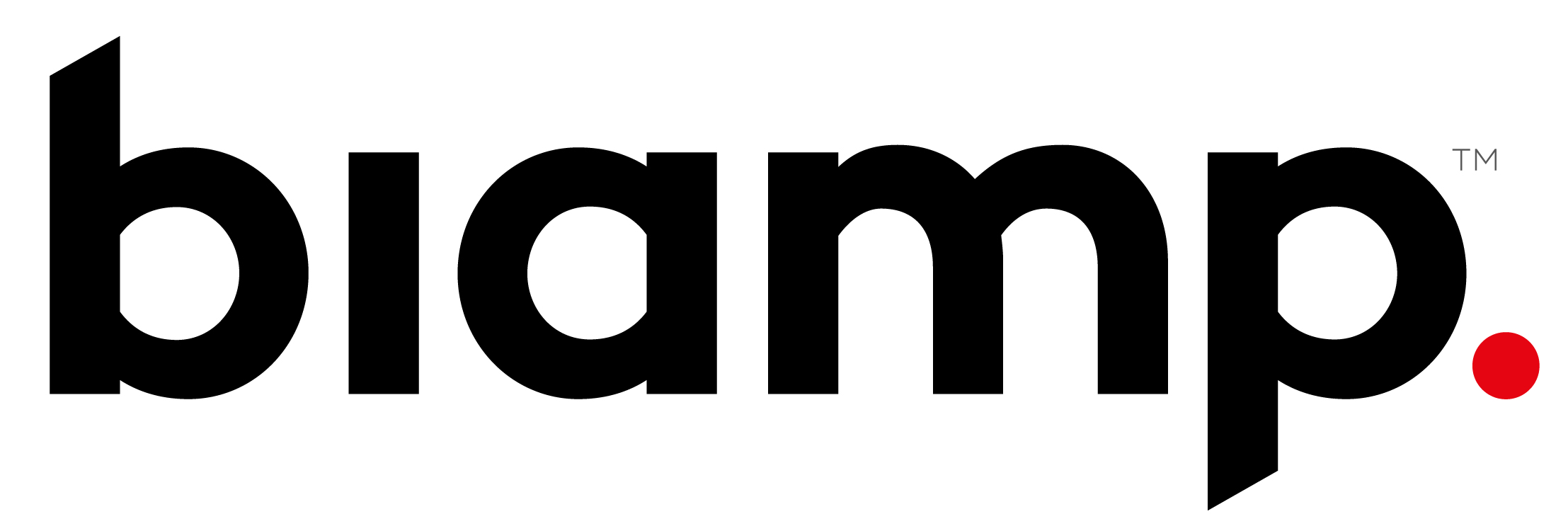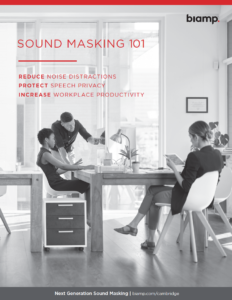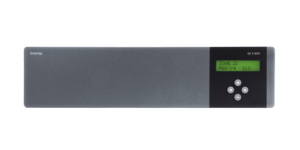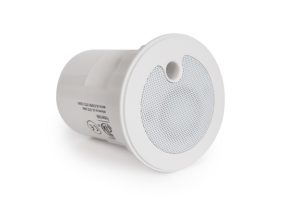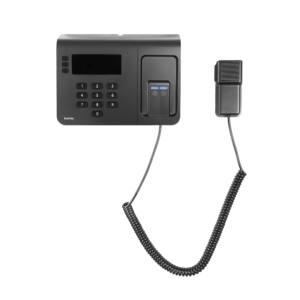Over the past 10 years, work environments and office spaces have changed drastically.
While many of the layout and furniture design changes are positive – and come attached with buzz words such as collaborative, open, and modern – they are not always implemented with employee comfort in mind.
As population densities increase in modern work spaces, companies today have quickly realized the benefits of open office plans and collaborative work spaces – including an increased use of lower cubicle partitions and reflective surfaces like glass, steel and concrete. However the negative impact on acoustics is tremendous.
Imagine an open office plan, where employees only have a 6” partition on their work station bench, and employees are packed in, one next to another. When one person picks up their phone, or plays a YouTube video, everyone in the office can hear them. This makes for a very uncomfortable, noisy, privacy-free work environment. Noise, and specifically noise caused by human speech, can reduce productivity greatly. In fact, 60% of employees report being more productive at work when the office is quiet.

And how about the private office? Oh wait, those are gone. And the conference room? Oh wait, voices from the adjacent room travel right over the modular walls or through the thin glass.
According to a workplace survey released at the ICBEN conference, 48% of participants reported speech as the most disturbing source of noise. In addition, the survey found that employees on average wasted 21.5 minutes per day due to conversational distractions, making speech the number one cause of reduced productivity. Furthermore, this 5% of lost time each day can equate to significant financial losses in wasted productivity for companies each year.*
So, how can we combat this acoustical problem? Layout and architectural design is most likely not going to change, so we cannot just assume that employers will start to use less reflective material, or go back to giving everyone a private office. Furthermore, facility managers do not have the budget or the time for more construction, especially in existing buildings and spaces. We have to do something else.
Many companies today have started to use sound masking as a solution to resolve acoustical issues within their work spaces. What is sound masking? Sound masking is the addition of an unobtrusive background sound, similar to airflow, to reduce the intelligibility of human speech and reduce distractions. The resulting environment leads to greater productivity and increased privacy and comfort. Sound masking can improve acoustical comfort in just about every industry and environment, including:
- Corporate: Open office, private office ,conference rooms
- Healthcare: Patient rooms, waiting areas, reception areas
- Hospitality: Guest rooms, lobby areas, spas
- Government and Law: Secured facilities, courtrooms, law offices
- Technology:: Engineering labs, co-share spaces, design studios
- Finance: Call centers, retail banks, board rooms
- Education: Research laboratories student centers, libraries
- Venues: Houses of worship, conference centers, airport lounges
Sound masking systems reduce the intelligibility of speech, making it less of a distraction while increasing speech privacy. Additionally, in hospital facilities, sound masking can help patients sleep better at night, which can have a positive impact on HCAHPS scores. A productive patient is one that heals safely and quickly, and rest and relaxation is key to a healthy recovery.
In summary, forward-thinking business owners and facility managers in almost every industry are quickly adopting sound masking as an affordable – and invisible – technology to boost employee comfort without sacrificing the aesthetics of their modern office.
*In 2008, Dr. Valtteri Hongisto and Dr. Annu Haapakangas presented the results from their acoustic environment and
work performance survey during the ICBEN conference. The survey included 689 employees from 11 companies ranging from customer service call centers to general open offices.
